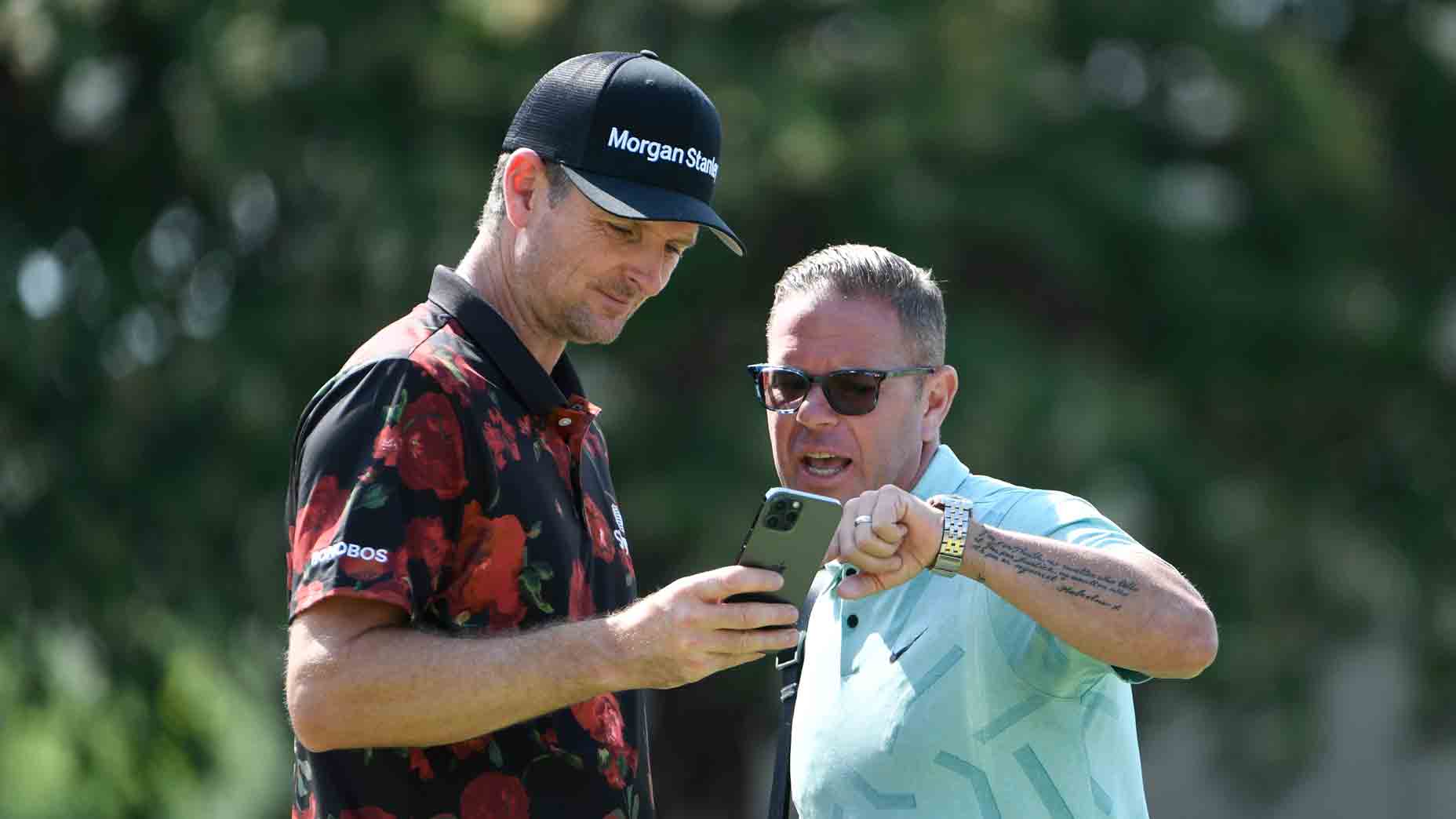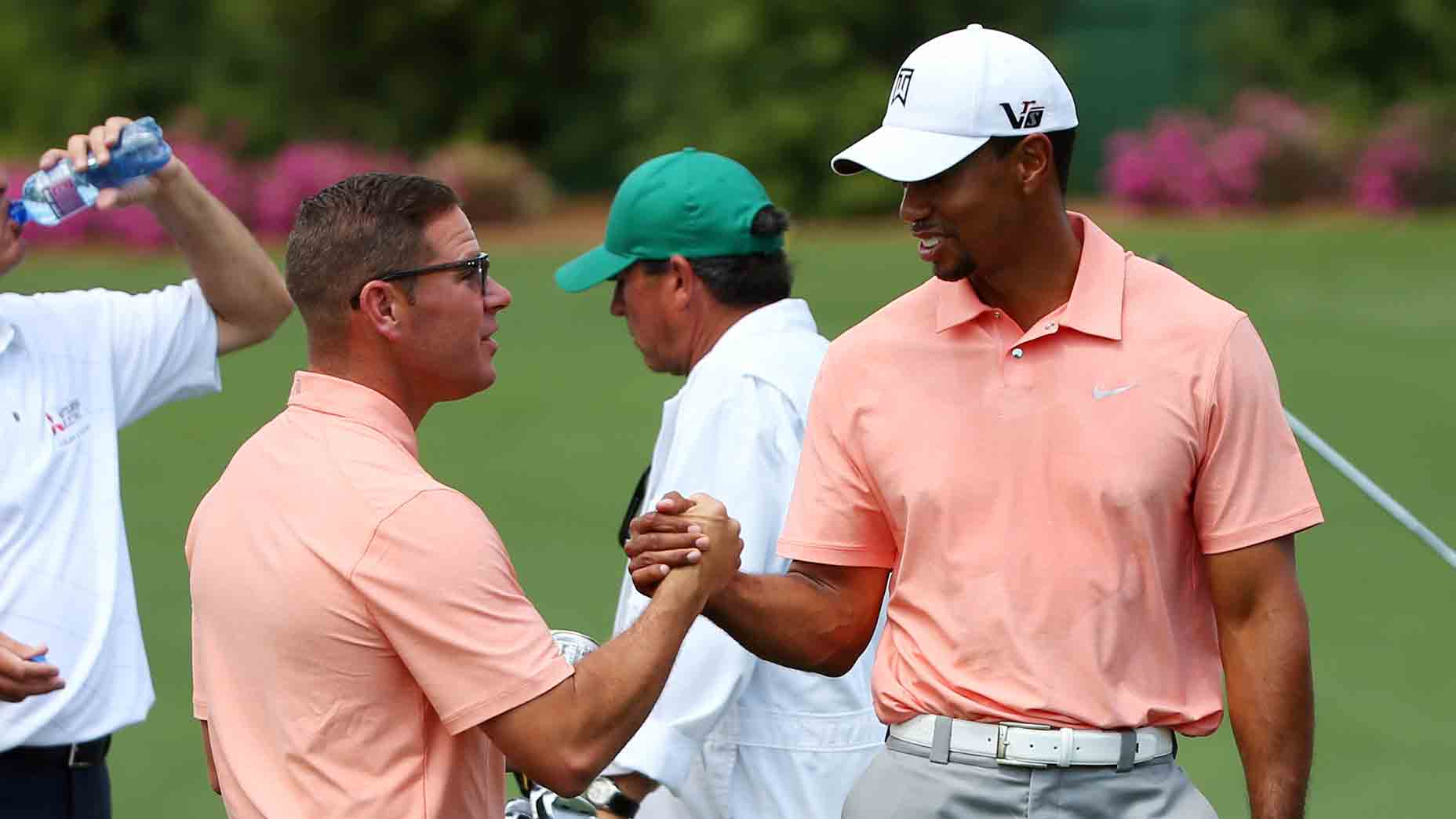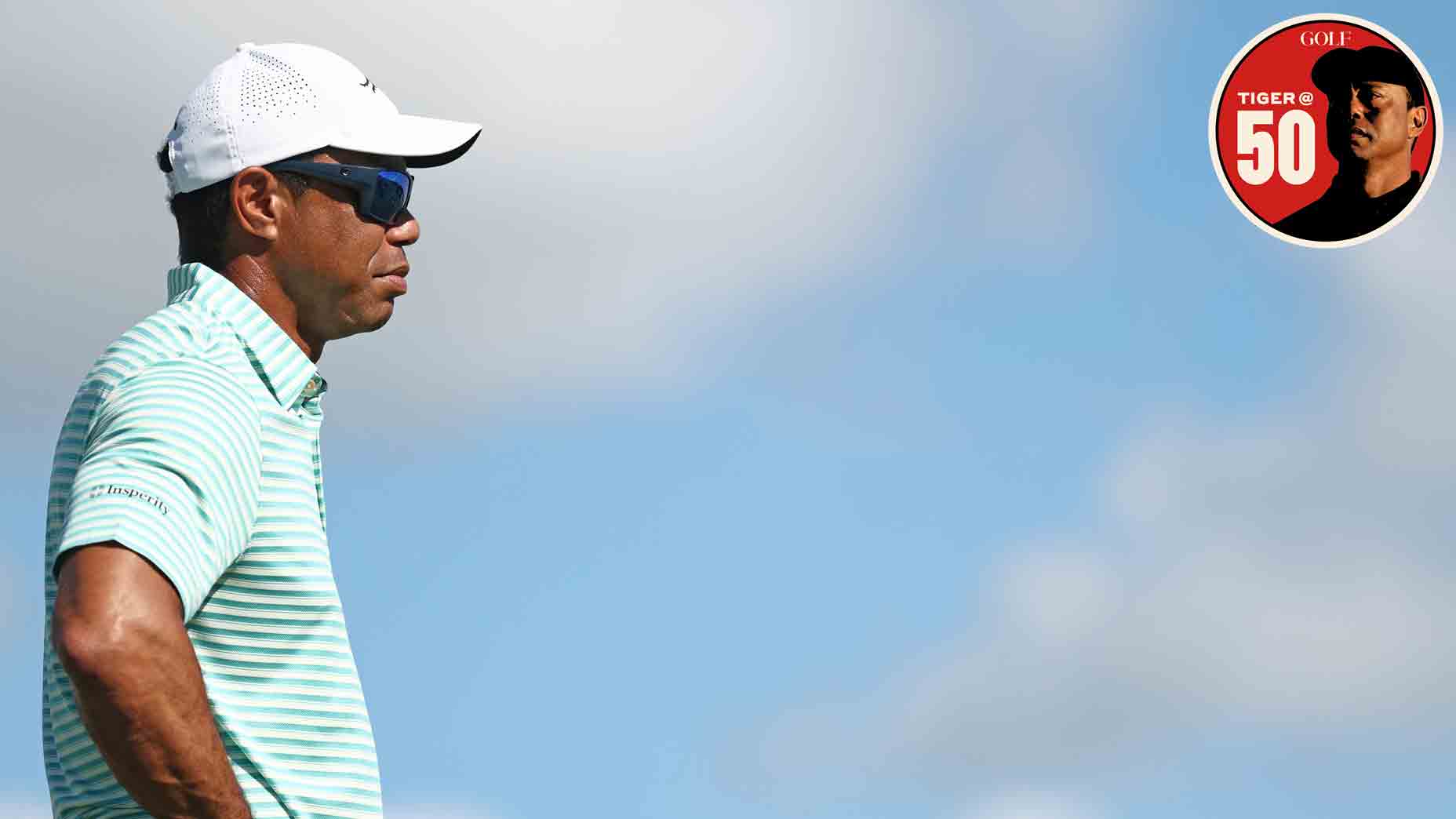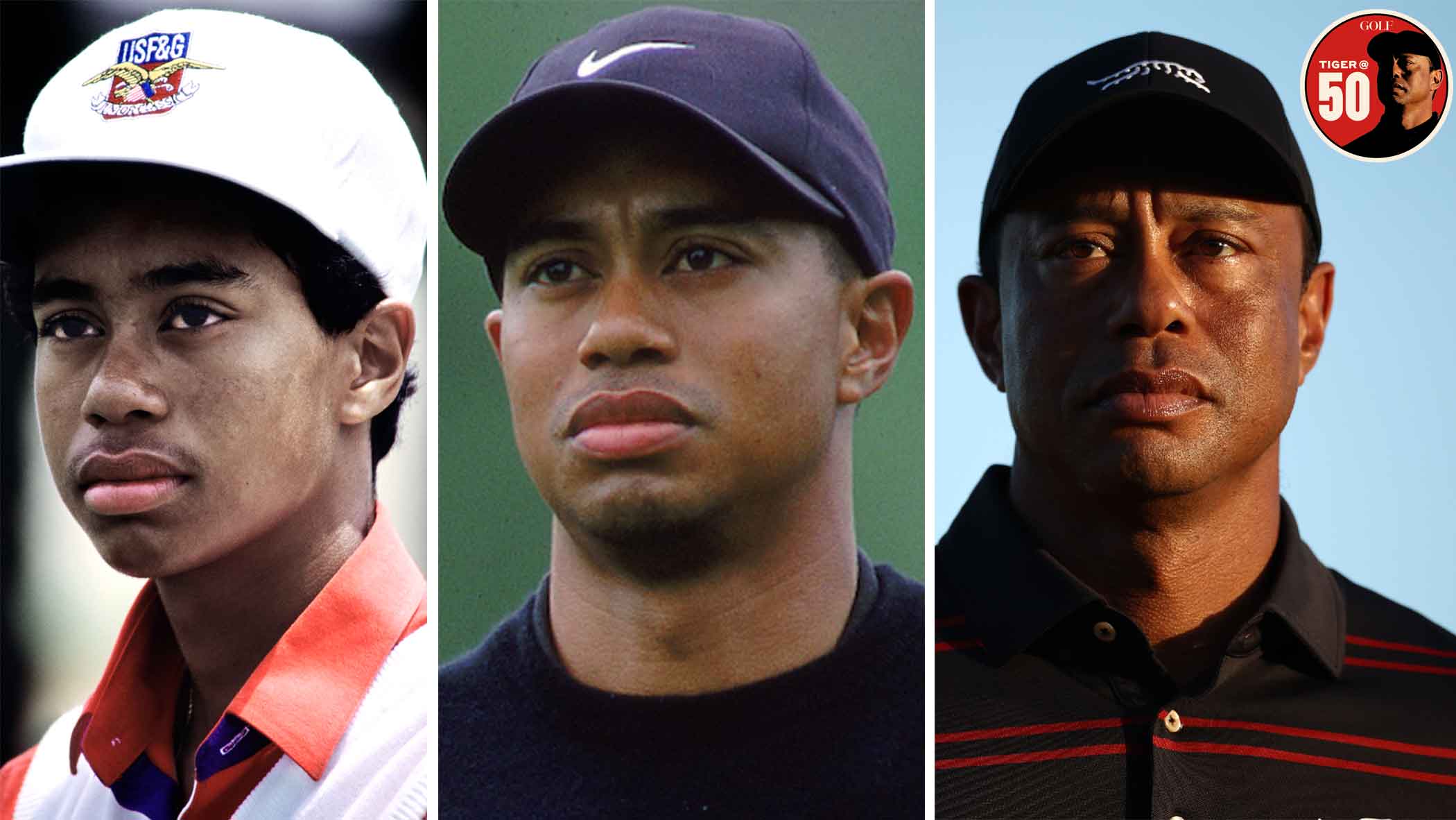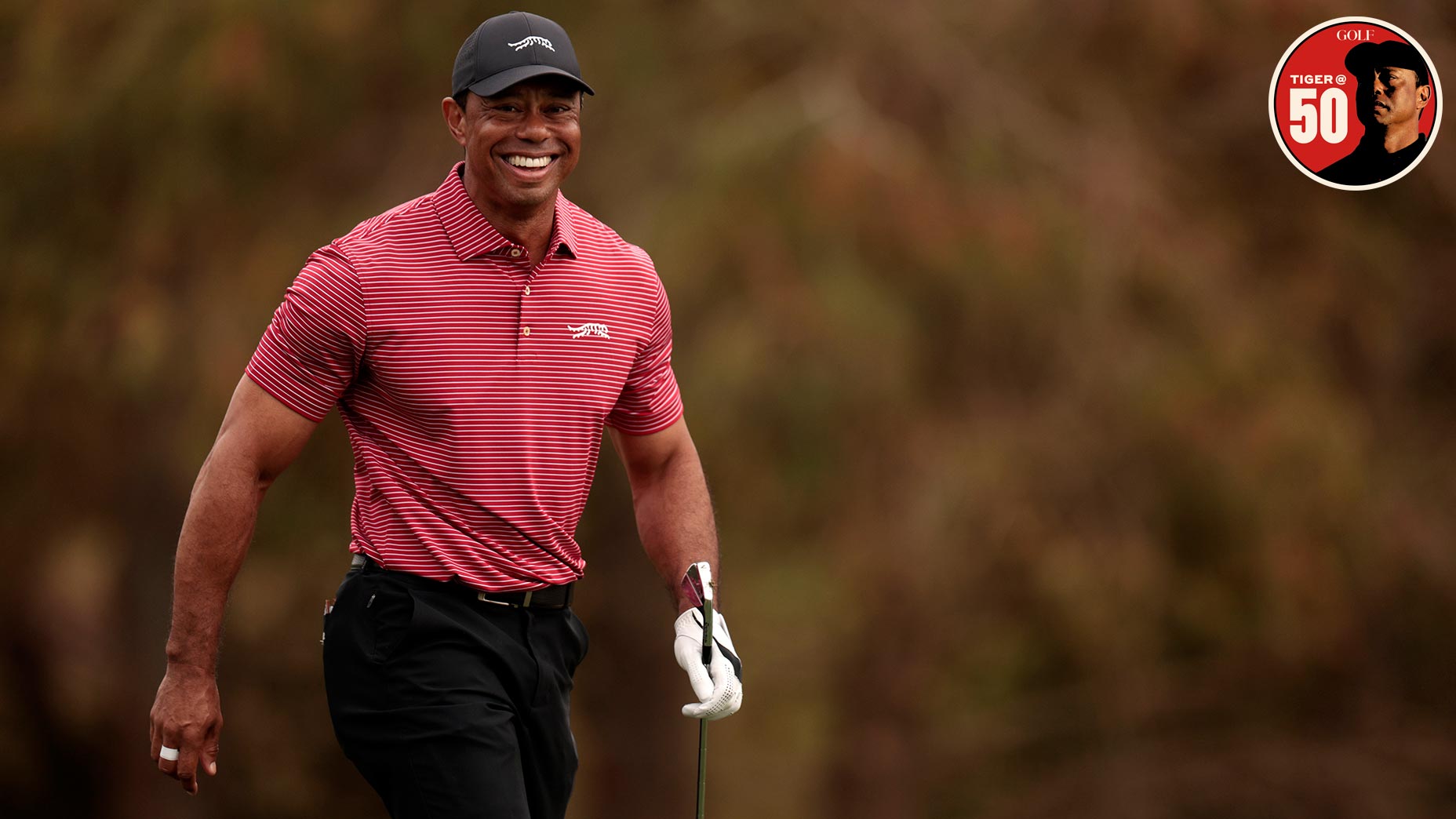Sean Foley is standing on the 1st hole at Bay Hill. And he winces.
The one-time swing coach of Tiger Woods is listening to one of his current players. They want to try to shape a driver right to left on the 445-yard dogleg left, they say. A wonderful draw. The two fairway bunkers on the right could be dodged. The play would set themselves up well.
Foley hears it.
But he doesn’t get it.
“My player is like, I want to hit a draw around the corner,” Foley said. “Well, that’s not necessary because you don’t draw your driver well. And if you hit it straight and it goes in that bunker, it plays almost .8 over par from this bunker. So this bunker’s no good.
“So I would rather you have 200 yards in the middle of the fairway, than 165 from this bunker.”
Foley was talking this week on the No Laying Up podcast, which you can — and should — listen to here, and his story was actually part of an answer to a question from host Chris Solomon. It was a good one, too.
What has Foley learned from the greats?
His answer was both simple and complicated. [Golf, right?]
But in short, par is OK. And we know that, of course. But we like birdies. So maybe things are best told through stories.
Like this one Foley once heard. It started his response to Solomon.
It features a number.
‘He’s a human being, man’: Tiger Woods’ old coach on Woods — and vulnerabilityBy: Nick Piastowski
“Well, Jack Nicklaus told me that, even in today’s game, as soon as you see a ‘2’ on a par-3, like 2-0-0; or a par-4, 2-0-0; or a par-5, 2-6-6, the only place you should be trying to hit the ball is the middle of the green,” Foley said on the podcast. “And so that’s a big deal. There’s a lot of bogeys being made with guys thinking that they can fit 6- and 5-irons into these tiny hole locations.
“[It’s] understanding the value of par.”
Here’s another story.
Foley’s heard this one often:
“I need to make birdie to get one back.”
“It’s like, this is a par hole by every player on the course,” Foley said on the podcast. “So getting them to understand really like where the potential is as it relates to scoring. So trying to hit a high fade into a right pin, when that’s not really your shot or something you’ve even practiced, you’re just lighting money on fire by doing that.
“Do what you know you can do. Always do what you know you can do. Don’t necessarily do what you’re working on. And just never do what you can’t do.”
Foley had one more story.
This one features amateurs. And again, par is OK.
10 keys to master the *extra* short chip shot, according to a Top 100 TeacherBy: Kellie Stenzel, Top 100 Teacher
“When I’m working with amateur golfers,” Foley said on the podcast, “and they’re around the green and they’re struggling with their chipping, and I pull out their hybrid to show them how to putt with their hybrid, they’re like, I can do this on the course? And I’m like, why would you not do this? ‘Well, I feel it’s a bit weak to be using a hybrid.’ I’m like, well, no one is going to see you; they’re just going to know you broke 80 for the first time.
“So if you want, you can just fat chips for the next five years …”
Said Solomon: “Yeah, how does it feel to bear leading edge right into the grainy Bermuda? Does that feel better than chipping a hybrid?”
Said Foley: “And then because the grainy Bermuda is so nasty, you’ve only moved it a foot and you get to do the whole thing again.”
Editor’s note: To listen to the entire No Laying Up podcast with Foley, please click here.
